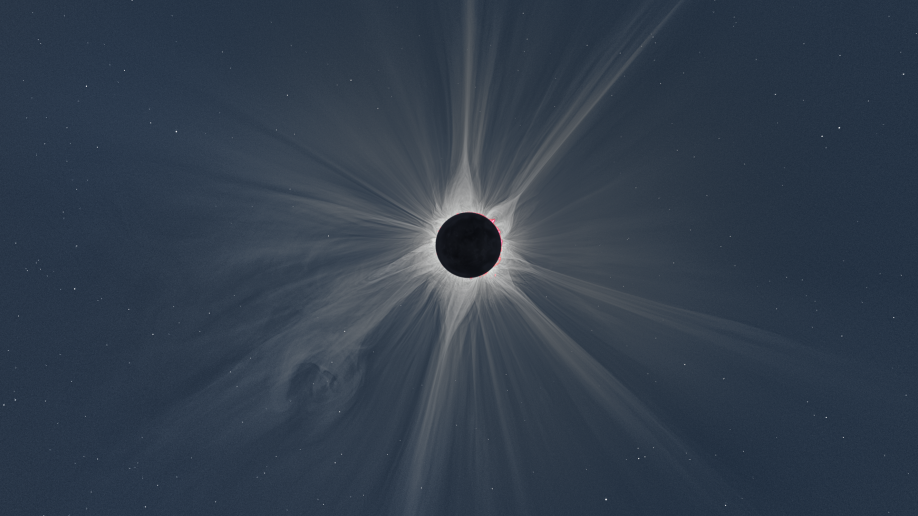How photos of the April 8 solar eclipse will help us understand of the sun's atmosphere
A total solar eclipse is not just an awe-inspiring natural phenomenon; it's an opportunity to expand our scientific understanding of the sun.

There is a gap in our observations of the sun: Part of its atmosphere is effectively invisible to our telescopes. However, images taken from Earth during a solar eclipse are filling in that hole, providing an unprecedented look at our star's hidden layer.
But capturing these images requires expertise, special equipment and a lot of patience. . One of the few people who can take and process solar eclipse images so that they reveal some of the sun's best-protected secrets is Czech mathematician Miloslav Druckmüller. His breathtaking renditions of the wispy, white rays and looping magnetic lines that make up the solar corona when it emerges to the human eye from the eclipsed sun are well known in solar physics circles.
Druckmüller spoke to Space.com from his office at the Brno University of Technology in the Czech Republic a few days before his departure to Mexico. There, in collaboration with researchers from the University of Hawaii, he will oversee a complex imaging campaign during the total solar eclipse on April 8.
On eclipse day, 66 cameras fitted with special filters and distributed across three observing locations in Mexico and the U.S. will capture tens of thousands of images during the roughly four-minute eclipse. The researchers hope that from this enormous data set, Druckmüller's expert image processing will be able to tease out some previously unknown information about the sun's otherwise invisible region.
The blind spot
Made of extremely thin, charged gas called plasma, the solar corona is the upper part of the sun's atmosphere. It is a million times dimmer than the underlying photosphere that makes up the sun's visible surface, so it is completely outshined by the light of the star when viewed in visible light.
To observe the corona, astronomers need to obscure the visible solar disk to allow the faint coronal light to appear against the dark cosmos. To do this, they use an instrument called a coronagraph, which is equipped with an occulter that blocks the sun's light.






















